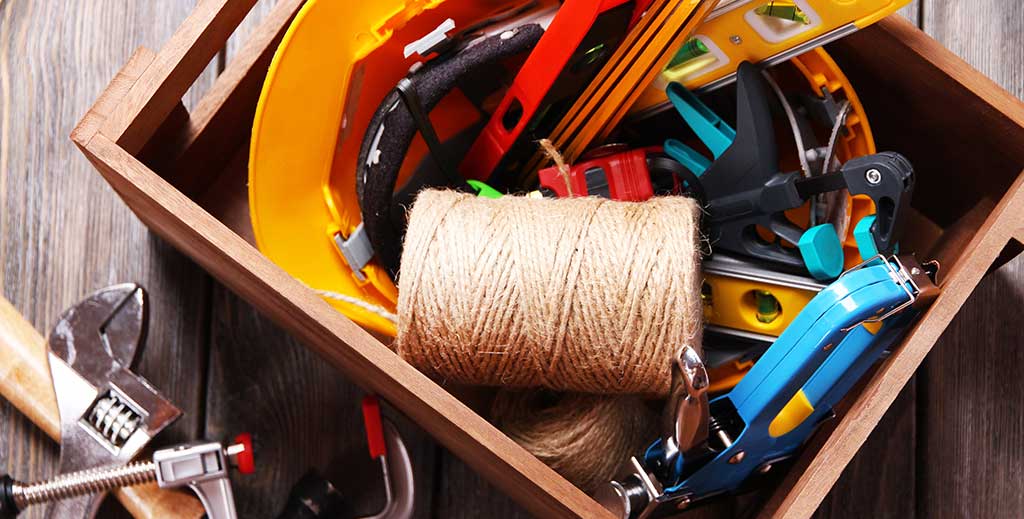

“ Maintaining Three Point Technique”
Slips trips and falls account for about 20 percent of work injuries. Climbing into and out of mobile equipment and using
ladders presents a common exposure to slips and falls. Inclement weather, greasy or broken steps, grab handles and
the rush of the workday can make this a serious exposure.
The three-point technique is a simple and effective way to minimize the risk of falling. Use this technique if you are entering the cab of a forklift, climbing onto the bed of a truck or climbing into/onto any other piece of equipment.
When you are climbing, at least three limbs should always be in contact with the equipment. This could be two hands and one foot or two feet and one hand. Of course, to use this technique the climber must be facing the equipment. You cannot have three points of contact if you are jumping off or sliding out of the seat.
Using Ladders
Climbing a ladder is not as easy as it sounds. Many workers have been injured getting on or off a ladder. Workers
have died from falls after losing their balance.
• Put both hands firmly on the rungs before stepping onto a ladder.
• Break 3-point contact only when you reach the ground or a stable platform.
• Always face the ladder when you’re climbing up and down.
• Keep your body between the side rails. Don’t lean out on either side.
• Make sure that ladders extend at least 900 millimeters (90 centimeters or 3 feet) above the top landing.
• There must be a clear space of at least 150 millimeters (6 inches) behind each rung.
• Moving quickly often results in only 2-point contact. You often have to make a conscious effort to maintain 3-point contact.
• Don’t carry tools, equipment, or material in your hands while climbing. Use a hoist line or gin wheel for
lifting and lowering.
Climbing Onto/Off Equipment
Before you enter the equipment, place any objects on the seat if it is accessible from the ground. Do the same when you exit. Leave the objects on the seat until you are off the equipment. If the seat is inaccessible from the ground then other methods must be devised to take objects to or remove objects from the equipment. Methods such as the use as a tool belt will help to free-up the hands during climbing. In addition, make sure you look before you exit. Break 3-point contact only when you reach the ground, the cab, or a stable platform.
• Mount and dismount facing the equipment.
• Climb on and off only when the equipment is stationary.
• Use the parts designed by the manufacturer for mounting and dismounting—steps, running boards, traction strips, footholds, handgrips, etc.
• Keep these parts clear of mud, oil, grease, and other hazards that can cause slips, trips, or falls.
• Don’t use wheel hubs, machine tracks, or door handles for mounting and dismounting.
Old habits are hard to break, but properly climbing onto and off of mobile equipment may prevent you from
becoming a slip and fall statistic.
“First we make our habits, then our habits make us.” Charles C. Noble
Thanks for the share TO!
These Abandoned Coke Ovens Have Been Totally Reclaimed By Nature By Chelsea Wiley 3 days…
Safety Tidbits: Thank you, Mr. Mayor! John Gocke There is a story about Fiorello LaGuardia…
"Nothing can stop the man with the right mental attitude from achieving his goal; nothing…
What is Carbon Monoxide (CO): Carbon Monoxide (also known as CO) is a colorless, odorless…
Mining for new opportunities in Appalachia’s coal country Over the last few decades, American energy…
Safety Tidbits: Chose words wisely A farmer insulted his neighbor. Realizing his mistake, he went to…
This website uses cookies.